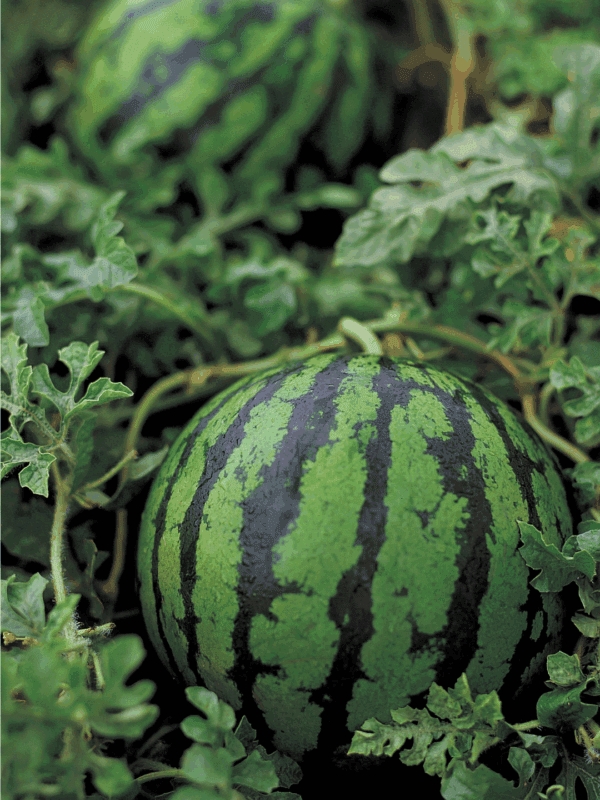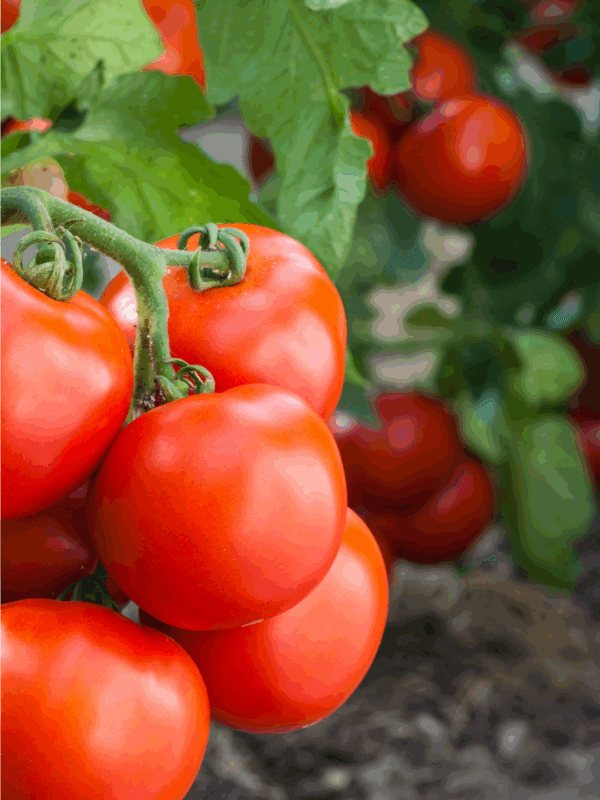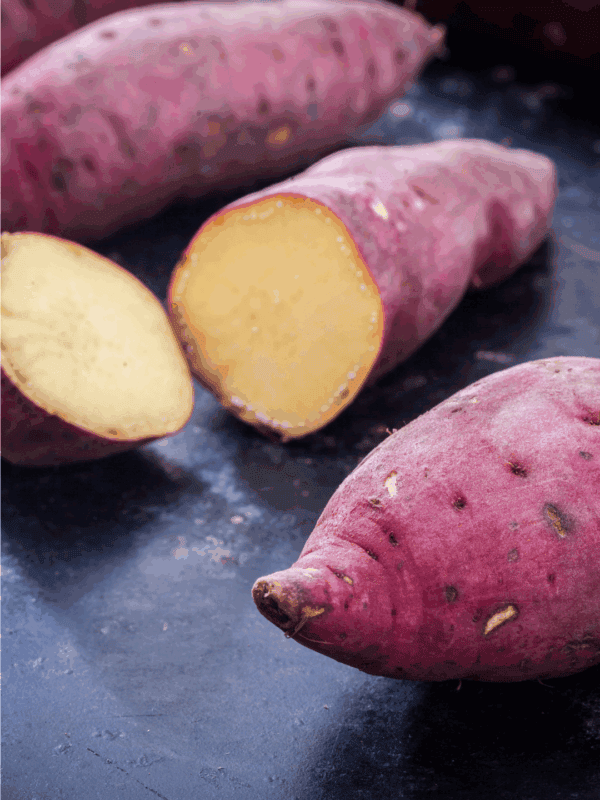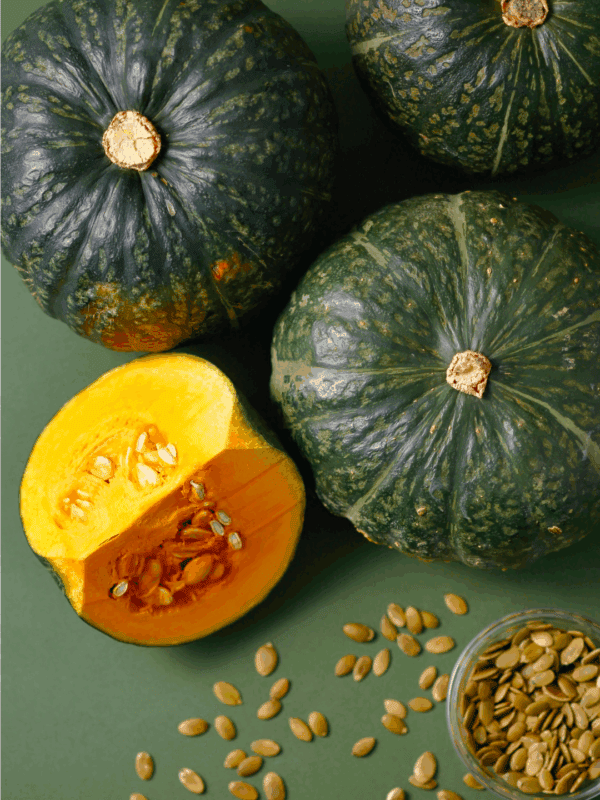This post may contain affiliate links. Please read our disclosure policy.
This simple guide will help you master How To Preserve Peppers with only 3 techniques! Whether it’s dehydrating, canning, or freezing, these methods will help you keep your peppers fresh for months.
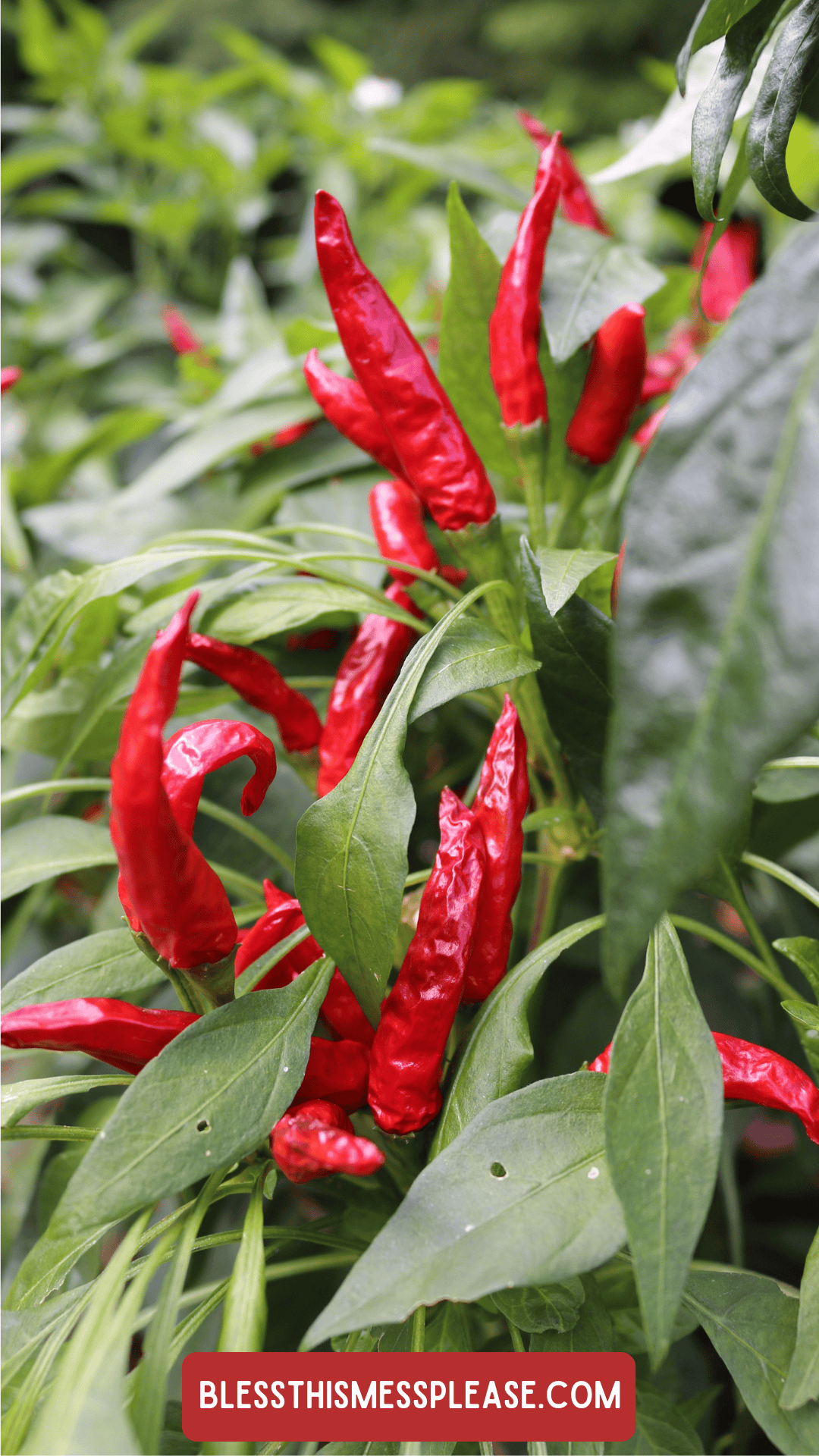
Preserving Guide: How To Preserve Peppers
From sweet bell peppers to fiery jalapeños, peppers are a staple in plenty of recipes, and almost every kitchen! No matter who you are, you love the taste of these delicious veggies — which makes learning to preserve them a no brainer.
Whether you’ve grown an abundant pepper harvest or found a great deal at the farmer’s market, the methods below will help ensure you can enjoy their vibrant flavors and nutritional benefits throughout the year!
Table of Contents
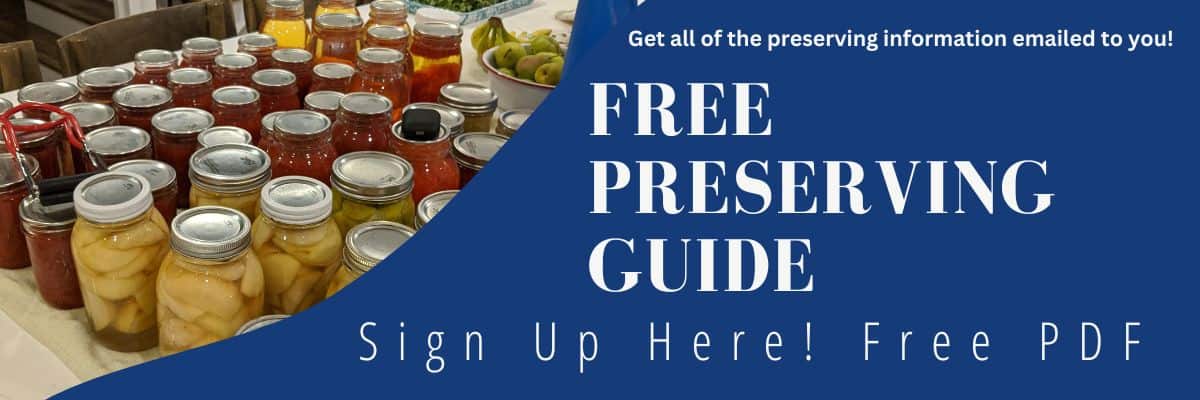
When To Harvest Peppers
Pick whenever they reach a size large enough to use, usually while still green or yellow. They may be allowed to turn red on the plant at which point they become somewhat sweeter.
How To Store Peppers
Store your peppers only at room temperature
Dehydrating Peppers
- CUT: into 1⁄2-inch strips or rings, removing seeds and “partitions”
- DEHYDRATOR: 8-12 hours
- APPEARANCE WHEN DRY: tough, brittle
Canning Peppers
QUANTITY: An average of 9 pounds is needed per canner load of 9 pints. A bushel weighs 25 pounds and yields 20 to 30 pints – an average of 1 pound per pint.
Caution: Wear plastic or rubber gloves and do not touch your face while handling or
cutting hot peppers. If you do not wear gloves, wash hands thoroughly with soap and
water before touching your face or eyes.
PREPARE PEPPERS:
Select your favorite pepper(s). Small peppers may be left whole. Large peppers may be
quartered.
Remove cores and seeds.
Slash two or four slits in each pepper, and either blanch in boiling water or blister using one of the following methods:
OVEN OR BROILER METHOD: Place peppers in a hot oven (400° F) or broiler for 6-8
minutes until skins blister.
RANGE-TOP METHOD: Cover hot burner, either gas or electric, with heavy wire mesh. Place peppers on burner for several minutes until skins blister.
CANNING:
- Allow peppers to cool. Place in a pan and cover with a damp cloth. This will make peeling the peppers easier.
- After several minutes, peel each pepper. Flatten whole peppers.
- Add 1/2 teaspoon of salt to each pint jar, if desired.
- Fill jars loosely with peppers and add fresh boiled water, leaving 1-inch headspace.
- Adjust lids and process.

Freezing Peppers
BELL OR SWEET PEPPERS:
- Select crisp, tender, green or bright red pods.
- Wash, cut out stems, cut in half and remove seeds.
- If desired, cut into 1/2-inch strips or rings.
HEATED Good for use in cooking:
- Water blanch halves 3 minutes, strips or rings 2 minutes.
- Cool promptly, drain and package, leaving 1/2-inch headspace.
- Seal and freeze.
UNHEATED Good for use in uncooked foods because they have a crisper texture, or in cooked foods:
- Package raw, leaving no headspace.
- Seal and freeze.
HOT PEPPERS:
- Wash and stem peppers.
- Package, leaving no headspace.
- Seal and freeze.
🍎🫙 Get a free Preserving Guide for all the details to dehydrate, can, and freeze 42 fruits and vegetables — get the FREE GUIDE here!
Expert Tips
- Storage Time: Storage life varies by method: frozen peppers last 8-12 months, properly dried peppers can last 1-2 years, and pressure-canned peppers have a shelf life of 2-3 years.
- Water-Bath v Pressure Canning: Pure peppers and high-acid pickled peppers can be safely processed in a boiling water bath canner. However, if you’re canning pepper mixtures with low-acid ingredients (like onions, garlic, or oil), you must use a pressure canner to prevent botulism.
- Blanching or Not Blanching: Blanching isn’t absolutely necessary but highly recommended for maintaining quality. Sweet peppers benefit most from blanching as it helps preserve color, texture, and nutritional value. Hot peppers can be frozen raw if you plan to use them within 6 months, but blanched peppers maintain better quality longer.
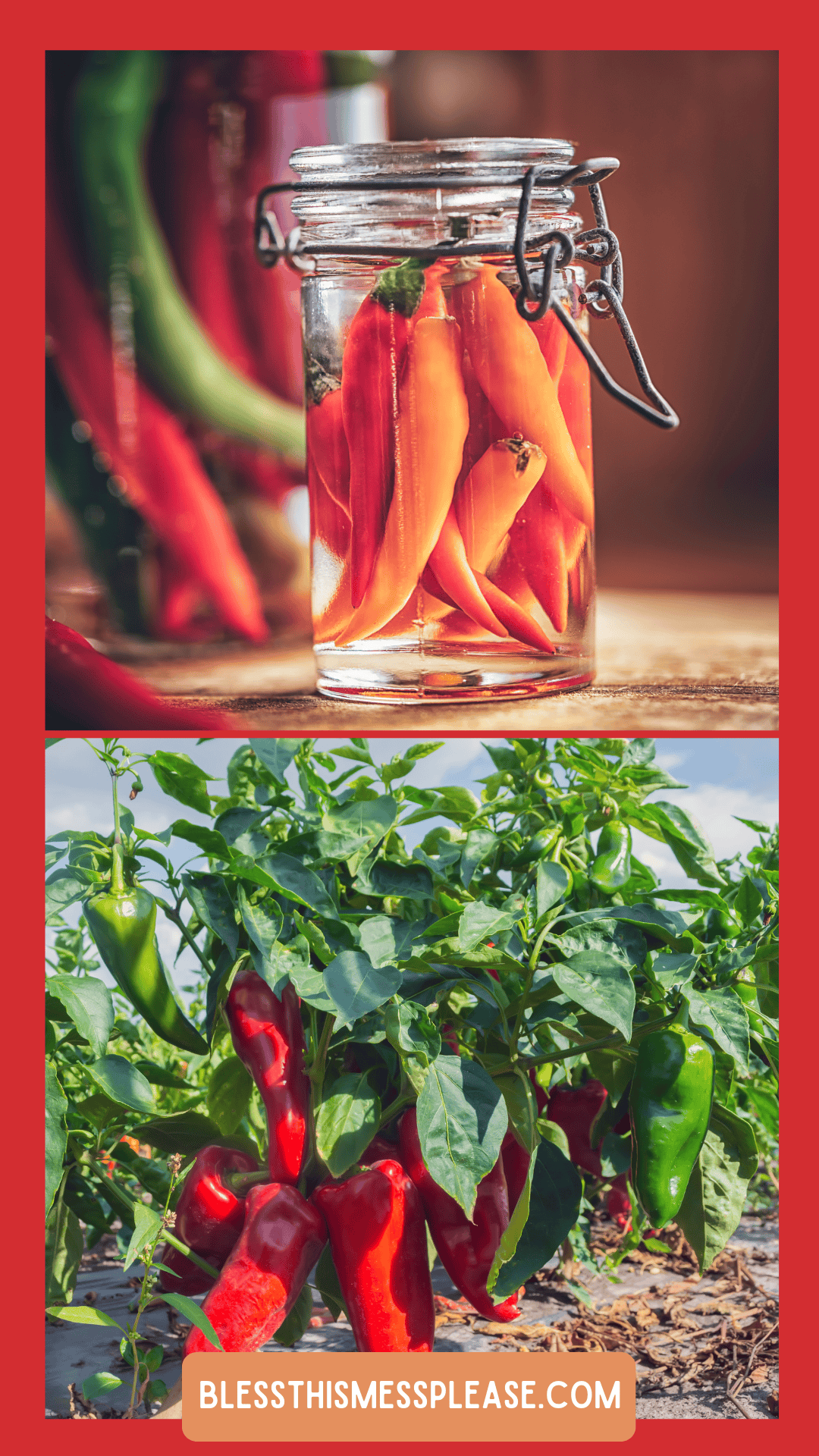
More Tips For Preserving The Harvest
Preserving Guide
How To Preserve Watermelon
Preserving Guide
How To Preserve Tomatoes
Preserving Guide
How To Preserve Sweet Potatoes
Preserving Guide
How To Preserve Winter Squash
Did you use any of these preserving tips? Leave a note below in the comments or share it on Instagram, Facebook, or Pinterest!




